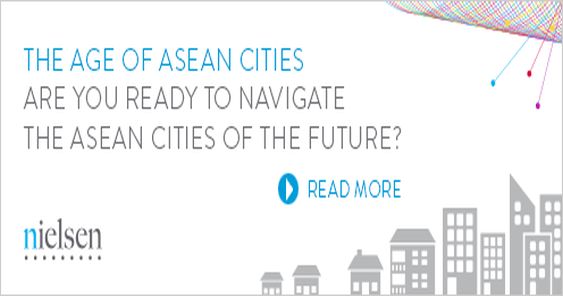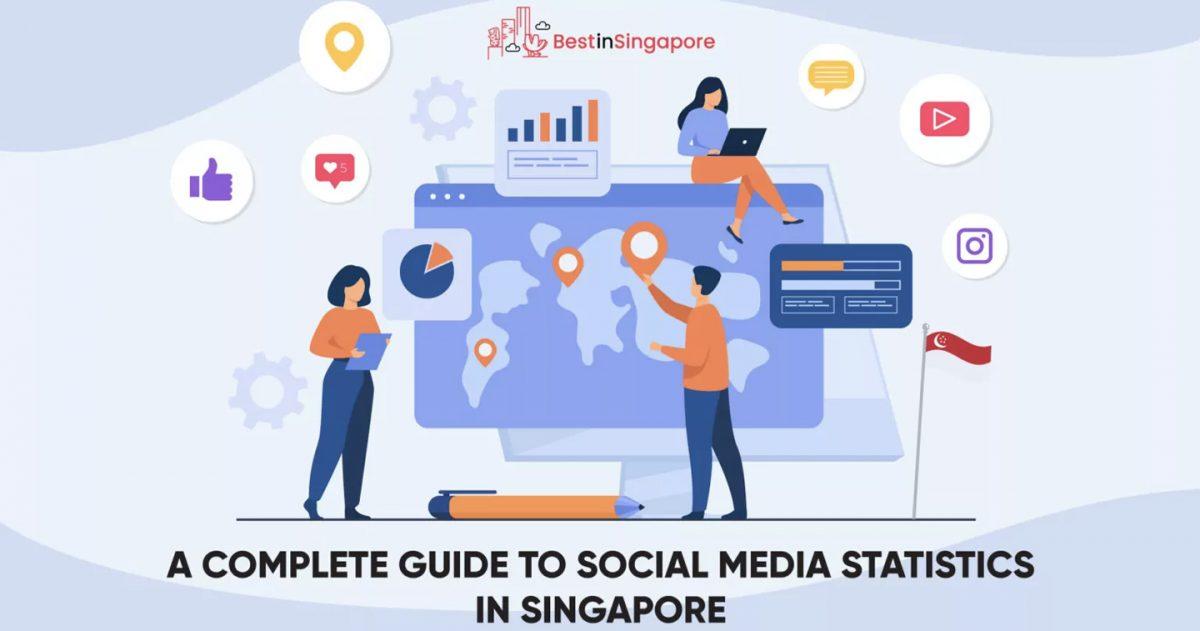SINGAPORE – Asia Pacific business leaders predict that by 2020, business models will look significantly different from today, and few believe their organizations are prepared to deal with the rapid pace of change taking place in today’s business environment, according to a new report released today by global measurement company, Nielsen.
The Nielsen report, Asia 2020 – Progressing, Prepared or Pessimistic, sought opinions from senior leaders across the Asia Pacific business community on the changing business environment over the next five years. The report found that:
more than three quarters (76%) of business leaders expect their business model in five years will differ significantly compared to today;
48% believe their organization is prepared for the future;
43% are confident they have the systems and processes in place to be able to spot early indicators of change; and
59% acknowledge it will be difficult or extremely difficult to navigate their organization forward through the next five years.
Changing consumer preferences, legislative or political changes, regulation and taxation, economic development, and new competitors are among the list of change events most commonly anticipated by business leaders.
“The pace of change is accelerating, and nowhere is that pace more exponential than in Asia Pacific,” observes Regan Leggett, Nielsen’s Executive Director, Thought Leadership and Foresight, Southeast Asia, North Asia and Pacific. “Some changes such as population growth, demographic movements, and changes in legislation or taxation are gradual, while others are swifter and more focused such as changing consumer preferences or disruptive technologies which have the potential to create a big impact on how businesses operate. The complexity of change today means it’s becoming harder and harder for companies to anticipate and prepare.”
TECHNOLOGY WILL HAVE A SIGNIFICANT IMPACT ON THE RETAIL LANDSCAPE
Asia Pacific’s retail environment has undoubtedly evolved in the last five years and this evolution is anticipated to continue. Half of senior leaders believe retailers will have a “positive” impact on their industry and marketplace in the next five years, while online and e-commerce are ranked as the most significant factors influencing the changing retail environment. Half of business leaders (50%) believe e-commerce will represent 30% or more of their organization’s growth in the next five years, and a further 32% think e-commerce will capture greater than 20% of total sales for their organization over the next five years.
“Technology is changing the retail footprint before our eyes,” emphasises Leggett. “E-commerce is no longer the sole domain of travel, book, and music sales. In Korea, e-commerce is now the largest retail channel and in Indonesia online retail sales are growing at a pace of around 50% per annum. While still in its infancy in Southeast Asia, one thing is certain, e-commerce is set to grow exponentially and will change the retail and consumer landscape as we know it.
“The rate of growth forecast for e-commerce in Asia Pacific signals a fundamental step change in the way organizations will operate in the future,” Leggett explains. “Having the ability to set up shop in a market is one thing, but understanding how to play in that market is totally different. The diversity of the ASEAN community represents both opportunity and challenge. The companies who get ahead of the curve and build out their knowledge of market and consumer trends will be best placed to tap into nascent demand. Conversely, companies that are unable to adapt are likely to be left behind.”

CHART 1: TOP 5 FACTORS SHAPING THE RETAIL ENVIRONMENT OF THE FUTURE
Source: The Nielsen Future Sentiment Survey, 2016









